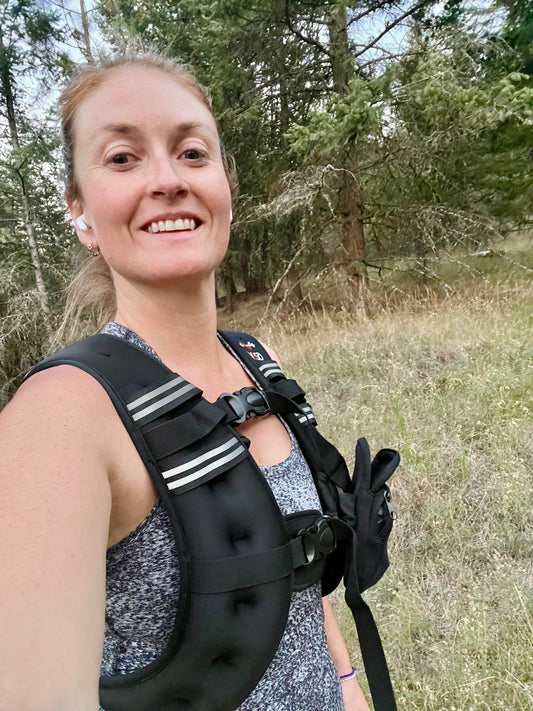Part 2 (for Part 1, please click here)
by Shirin Davarpanah Jazi, PhD, MScPT
WHO benefits most from virtual physiotherapy?
- People who have stable internet connection: Since everything is happening via an online platform, it is key that you have internet. If the connection is unstable or poor there will be difficulty in communicating and the session might end up not being what you expected.
- People who have a camera-equipped device: Since the session will be virtual, being able to mutually see each other is key. Some communication can happen via phone, but most of the sessions requires a camera.
- People who have a space to take the call: There have been instances where I have taken the session while the patient is sitting in their car, or they are in an open space. Although it is possible, but you might not get the most out of your physiotherapy session, thus, it would be convenient to have a closed space where you can easily put down your device and move around or lie down in case needed. Note: if you have pets around the house and you think they might interrupt the session, rest assured that this has not been an issue in the past for me!
- People without serious or life-threatening injuries: Virtual physiotherapy can help all sorts of injuries as long as it does not require immediate medical attention. This is also true when you attend an in-person physiotherapy appointment. In the event that you do have a serious injury it is advisable to go to a doctor or the emergency department.
WHY is virtual physiotherapy worth a try?
- Before I begin going through this topic, I would like to note that this blog is not intended to show how virtual physiotherapy can replace in-person physiotherapy. It is only to familiarize you with how virtual physiotherapy can be beneficial under certain circumstances.
- Virtual physiotherapy is all about you telling your story: If you have previously been to an in-person physiotherapy session you know that the therapist would like to fit as much hands-on and hands-off treatment within a session as possible. This strategic flow of treatment usually leaves limited time for face-to-face discussion between therapist and the patient. Even when there is a dialog happening it is while the therapist is engaged in a certain type of manual treatment. With virtual physiotherapy, there is a lot of time devoted to getting to know the patient and their lifestyle. It is important to listen to patients’ feedback about certain treatments and whether it worked for them. In my experience, patients are usually grateful for the time that is spent listening to their story and feedback.
- Patients become more independent and learn a lot about their own body: Since the physiotherapist is not physically present to conduct many of the treatments, the patient learns about how they can perform certain types of treatments on their own body. Patients can perform self-application of ice/heat, massage, exercise, tissue release techniques, taping and fixating. There is also an increased focus on educating patients about their injury and why each treatment can help them recover.
If you are looking for online, on-demand movement classes, our expert movement coaches on Stream TBC have resources to support you!








